-
Posts
1,641 -
Joined
-
Last visited
Content Type
Profiles
Forums
Gallery
Events
Posts posted by SJSoane
-
-
-
-
Turn off the saw. Lower the saw blade below the insert, put in the insert and tighten the screws to firmly hold it down, turn on the saw, and raise the blade through the insert while it is running.
-
I have discovered that all of the attachments, including the tilting table, eventually are indispensable.
I have also shown a few photos of a sliding crosscut table I built, with a sliding stop for repetitive cutting to length (always put a spacer between the sliding stop and the workpiece that you remove right before the cut, to avoid binding the saw). I use this constantly.
Mark
-
Hi Greg,
I love to see your work. As crisp as it can get!
Mark
-
Gary,
This reminds me what a great build the Alfred is. It is fun to see fast-forward presentations!
Mark
-
-
Hi Ed,
That table of contents for Volume 2 looks terrific!
Mark
-
Nice, Remco, very nice. Do you have a plan for how to mass-produce the smaller blocks? I have been thinking about that for a long time, and I look forward to your ideas!
Mark
-
Thanks, Sinan, druxey and Remco. I built that bench many years ago when i was building furniture, which I do no more, and I had a larger shop, which I have no more. So the bench is way, way too big for the space and my needs. I walk around it every time between the Bellona and the model tools, but I can't even think about giving it up. I put my capstan on the tail vise to show the scale...
I am showing a little template for marking the angled surfaces on the face of the whelps. The next challenge, which has really slowed me down, is cutting the bird mouth joints on the sides of the whelps for the chocks. They are so small that I managed to cut my own finger with the marking gauge, and I cannot see or feel the score to register the chisel for the cut. And they are angled in two directions, which means that I cannot hold them down on the bench without them squirting out from under the clamp. So I built what my wife called a little "nest" for the whelps, with a two direction angled rabbet in a piece of maple for each one. It keeps them all level in both directions. When I get my energy back, I should be able to score them all at once with a straight edge across the group.
And the last photo shows the latest carlings, and the two parts of the main hatch awaiting its coamings and round-up.
Never as much progress in a weekend as I always hope for.....
Mark
-
Michael,
Those blocks rival the ones on the 18th century models in the National Maritime Museum.
Mark
-
Thank you Michael, Bob and Toni. Your comments help keep me going.
I was feeling less skilled this weekend, still struggling with the whelps and chocks on the capstan. After trying several ways to cut the rabbets for the chocks, without success, I had another idea that I will try this afternoon.
But while I was pondering this, I took some time to clear my head by moving from little to large. I re-leveled the top of my workbench (I haven't done that since I built it 20 years ago), using a hand plane. Very satisfying physical work after so much close precision. Lefties will note that I built this bench backwards, with the shoulder vise at the right end, since I am also left-handed.
Back to whelps and chocks....
Mark
-
I use a 9H lead in a mechanical pencil, sharpened every other time I use it. The finer the line the more precise the work. The best is to scribe lines with an exacto knife, or a marking knife used to mark out dovetails in full size construction. A scribed line lets you register a chisel precisely on the line for really precise work.
Mark
-
-
- fatih79, botra288, Elmer Cornish and 3 others
-
 6
6
-
Gaetan, I really enjoy your collage of photos. I wish you could publish a book of these photos. Spectacular!
Mark
-
Giorgio, nice to see your build in fast forward. What great craftsmanship! Did you carve your captain/shipwright?
Mark
-
Ed, I am assuming much of this will be included in the book volume 2? Can't wait!
Mark
-
-
Ilhan, very nice to see this build summarized. And I learned a lot from your "outside-in" building method. How did you heat the metal tube over which you are bending the planks?
Mark
-
-
Thank you Colin, my skills have definitely improved as I get further into the project. Gaetan gave me great advice, which is to think of potentially boring tasks like cutting hundreds of mortises for the deck carlings and ledges as a way of honing skills. It makes the time pass more tolerably, and skills definitely increase!
I still return to mechanical devices like mills and custom jigs to control cuts where precision is important and I don't trust my hand, but I am slowly learning more hand skills with chisels and planes. It is all part of the fun of the project.
One of these days, I might try writing down what I have learned about craftsmanship so far through this project, from some great tutors on this site.
Mark
-
Hi Paul
I did not realize that you started over on the same hull. What caused you to change it out? New research?
Mark
-
Can't wait for volume 2!
Mark


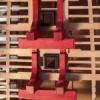
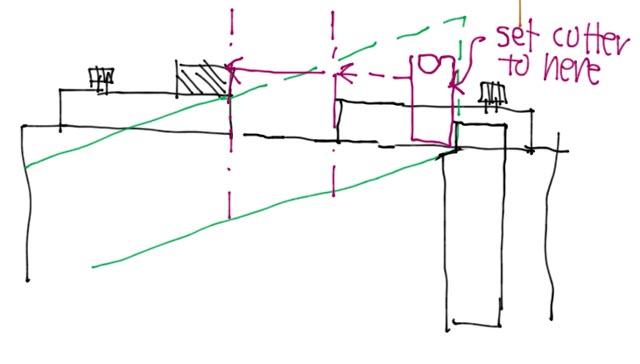
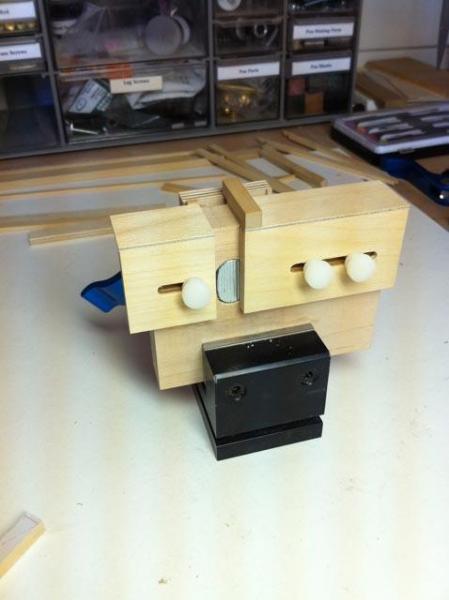
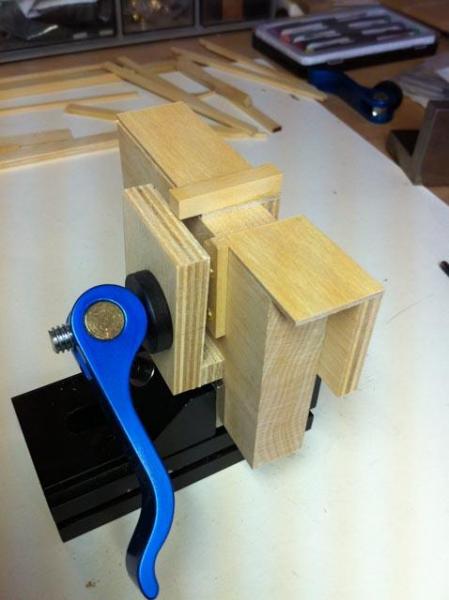
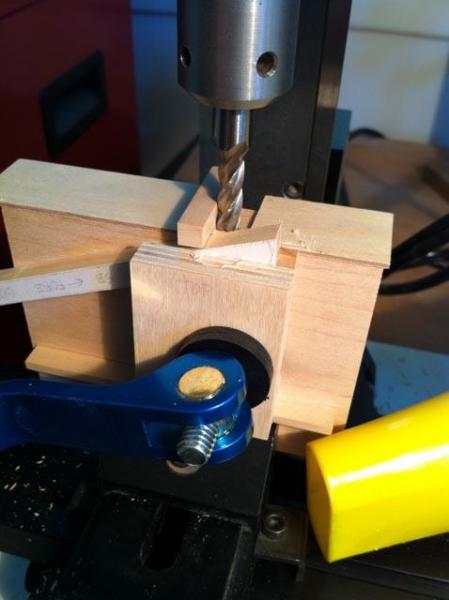
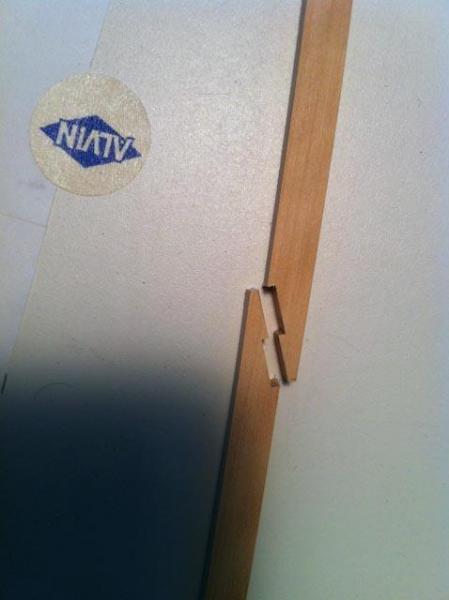
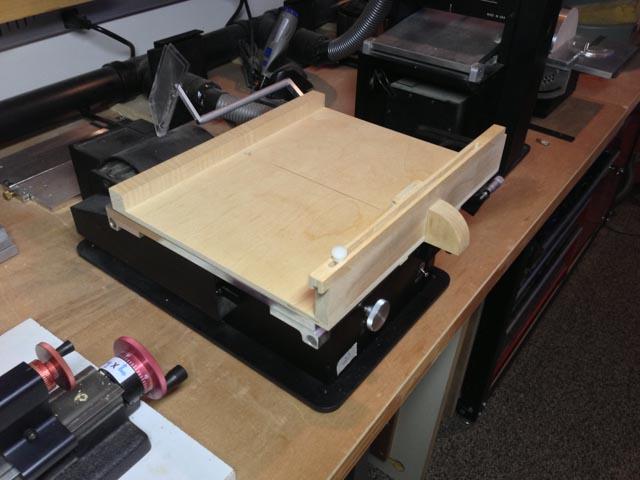
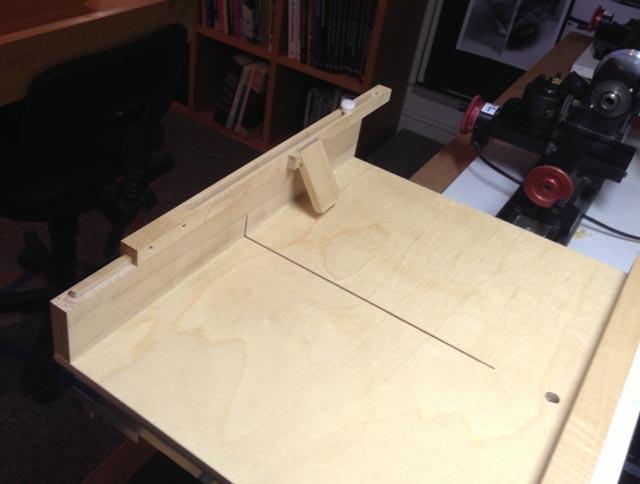
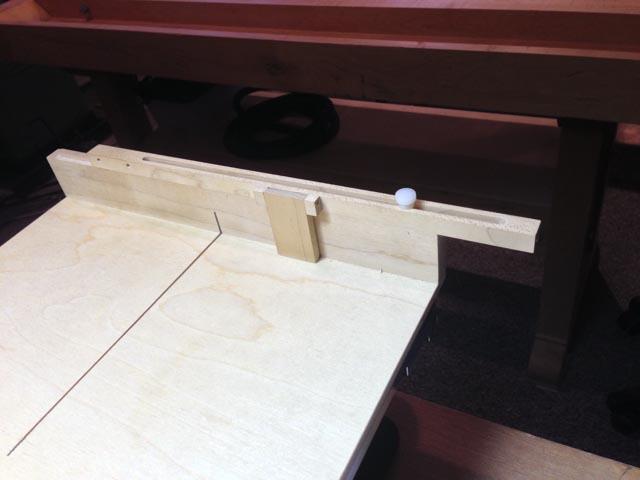
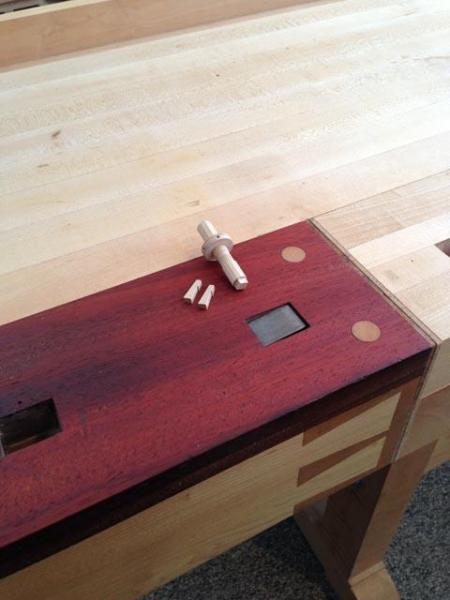
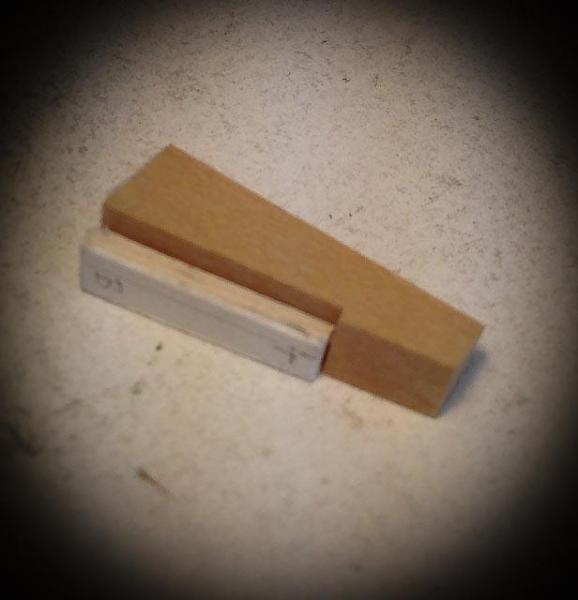
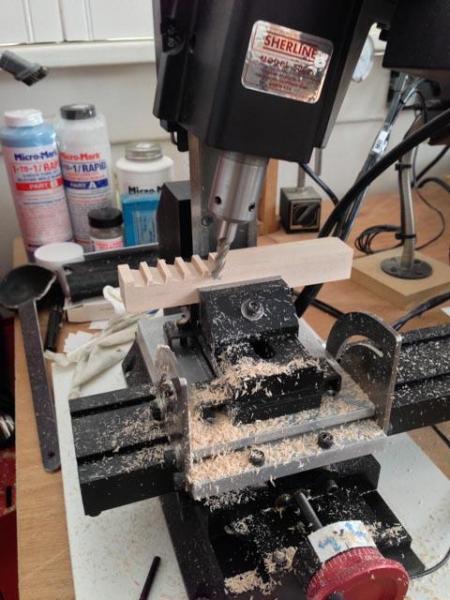
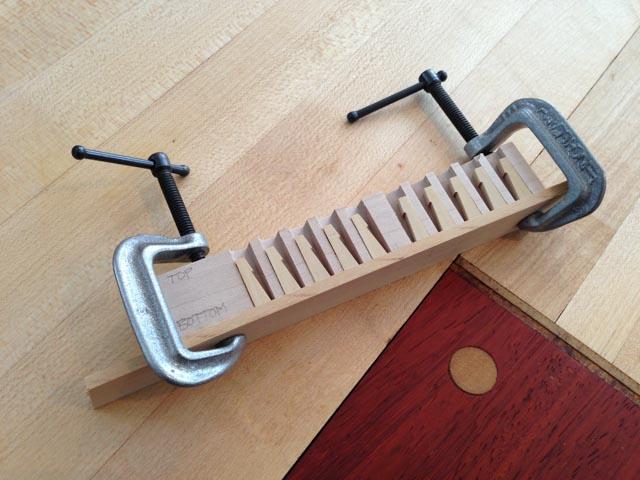
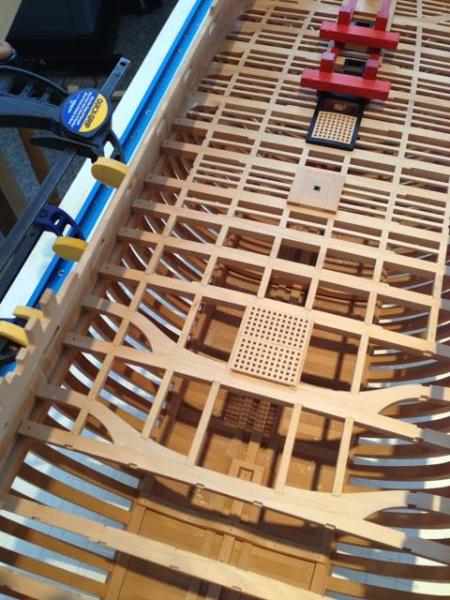

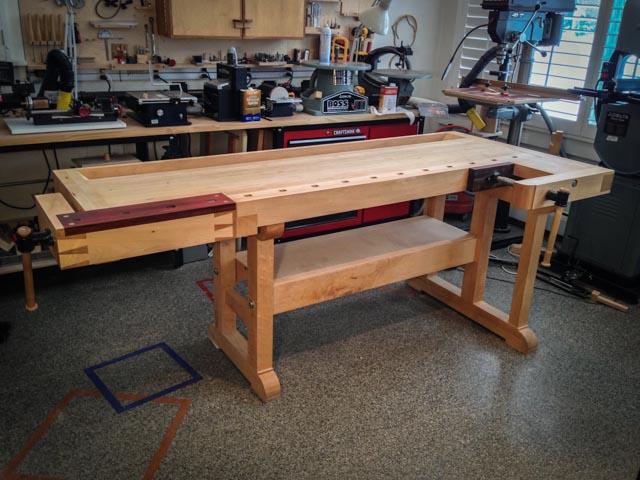
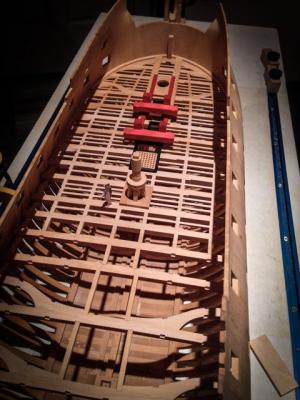

Byrnes Rope Walk
in Modeling tools and Workshop Equipment
Posted
HI everyone,
I just received my Byrnes ropewalk, which is every bit as wonderful as his other tools.
I have been experimenting today, learning the ropes ;-).
I have a question for those of you who are a number of steps ahead of me. How do you load the supply spools with multiple threads, and keep the tension even? I tried laying out two strands of threads across the room, tied the two together at one end, and taped the tied end to the spool. Then I tried to feed the two strands onto the spool as evenly as possible. The lumpiness of the finished rope in places suggests that the tension was not even throughout.
Any ideas?
Best wishes,
Mark